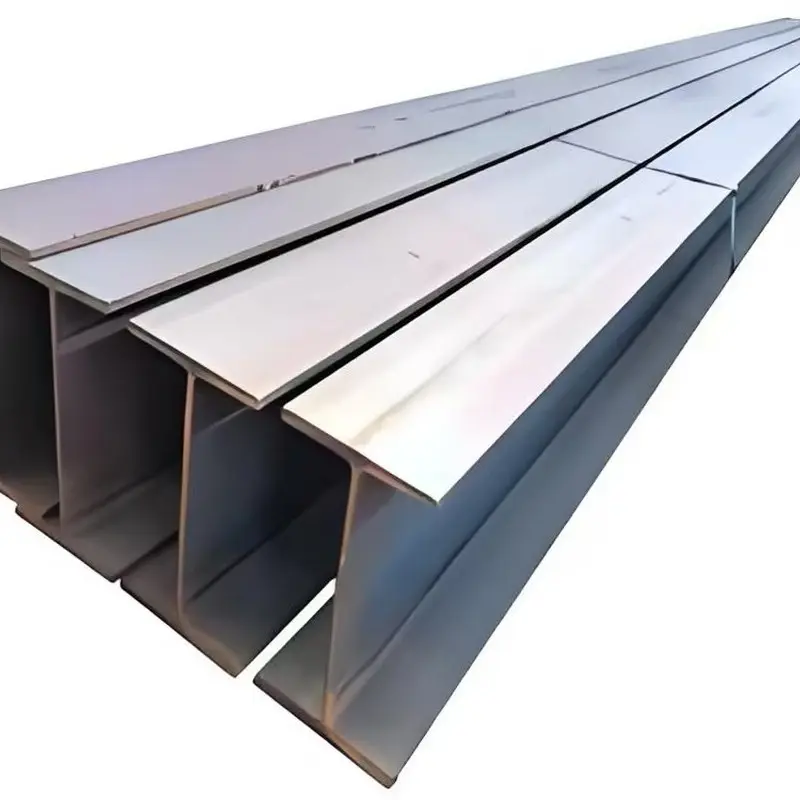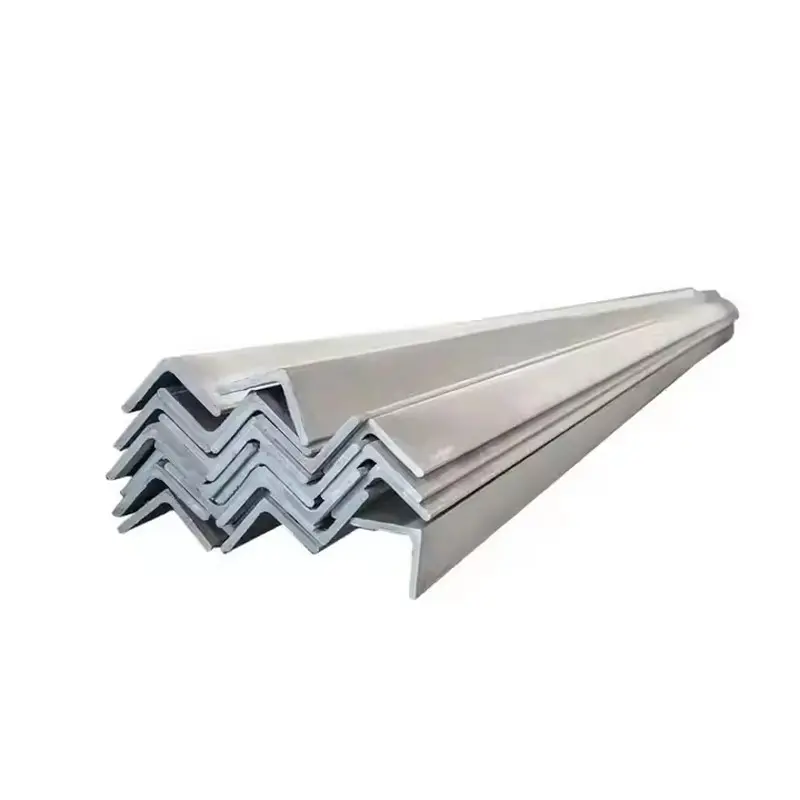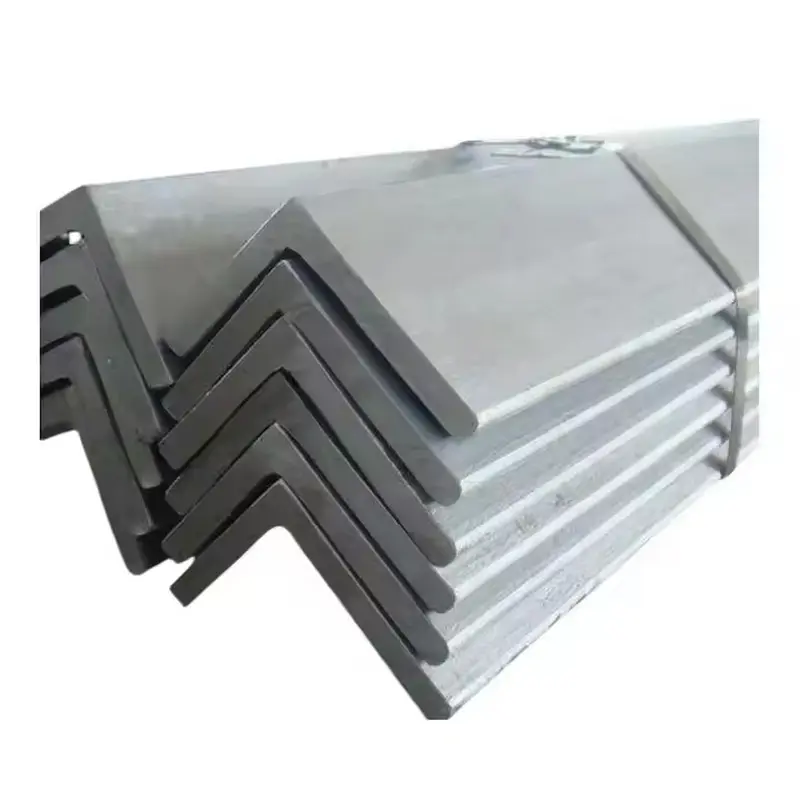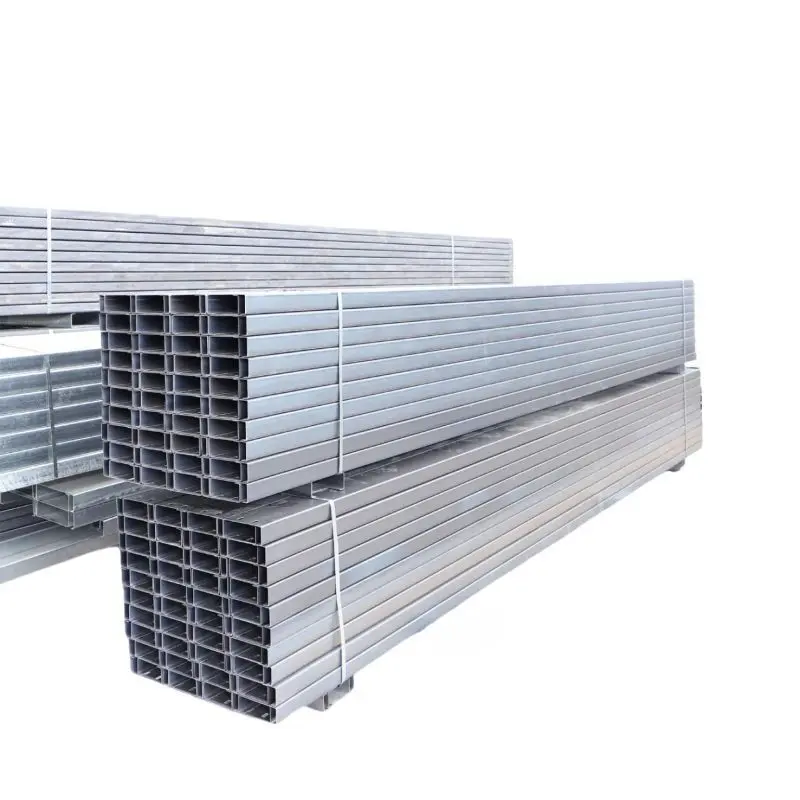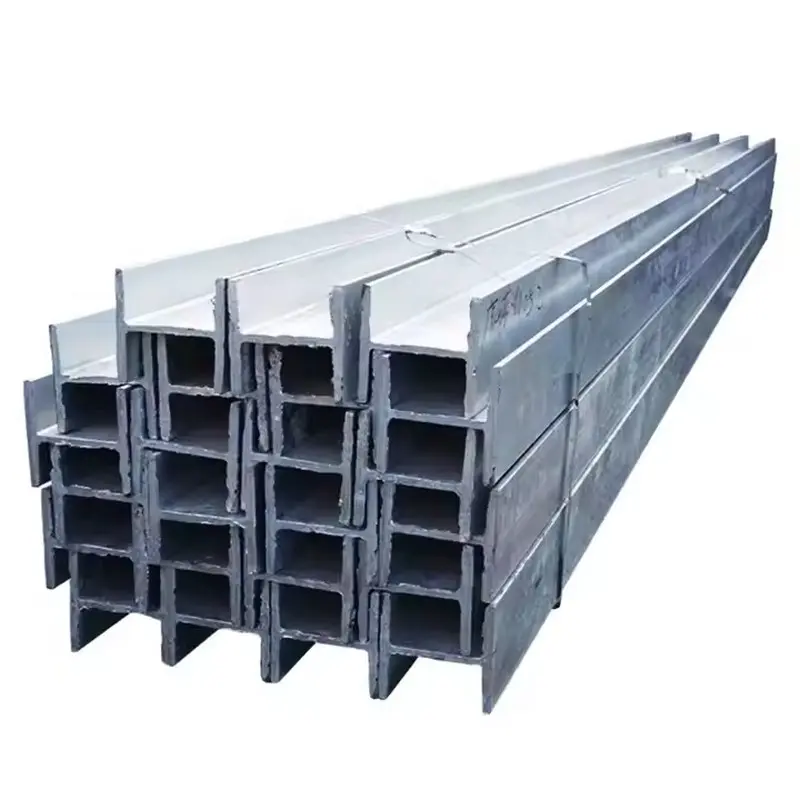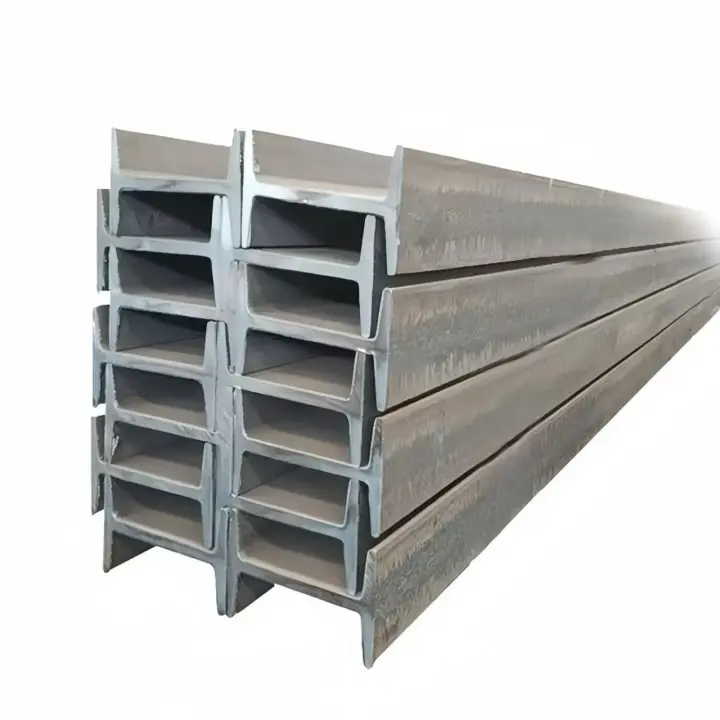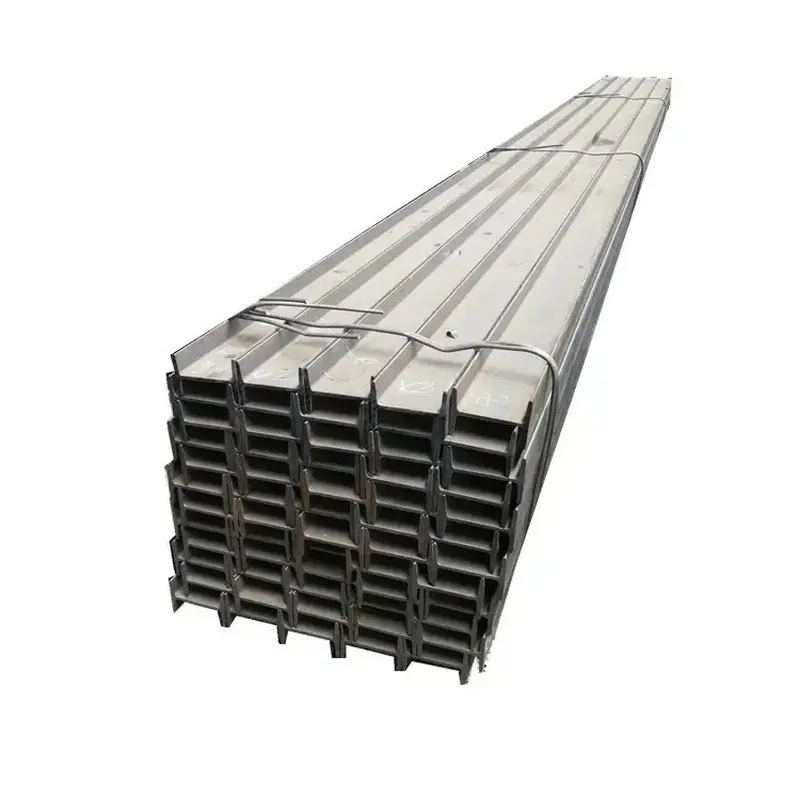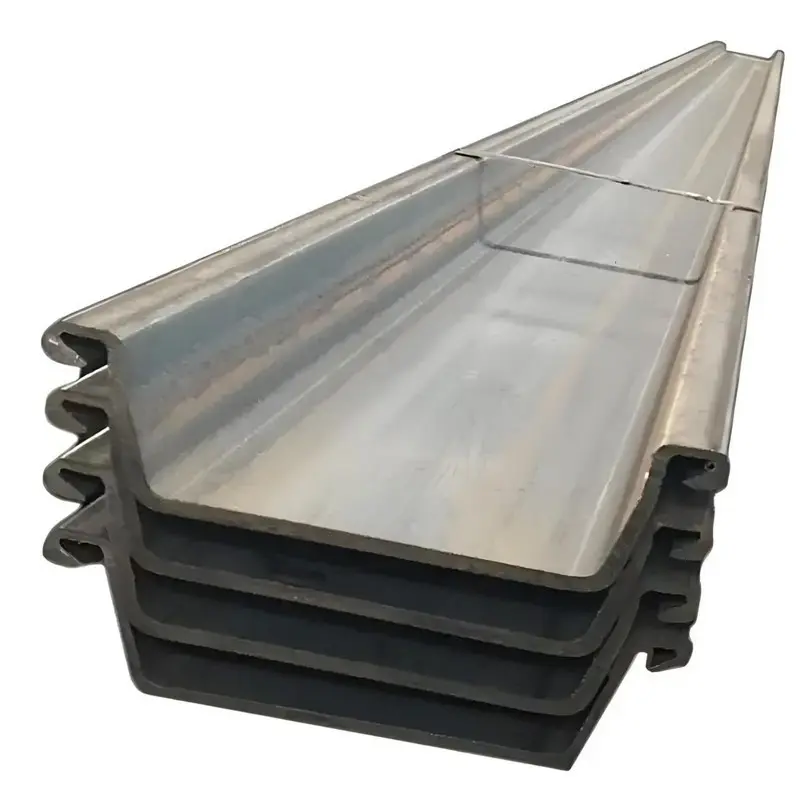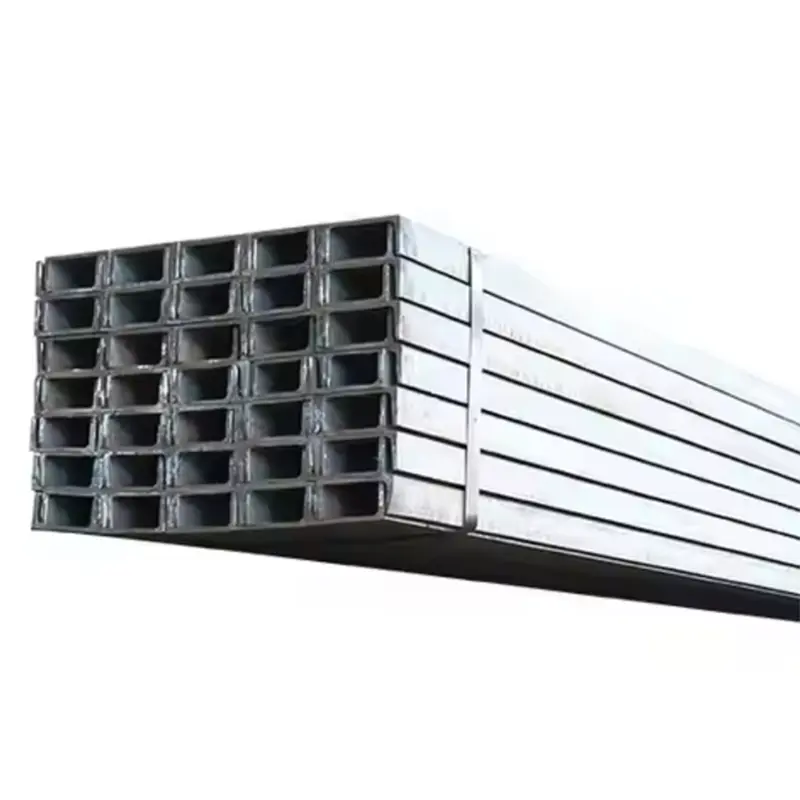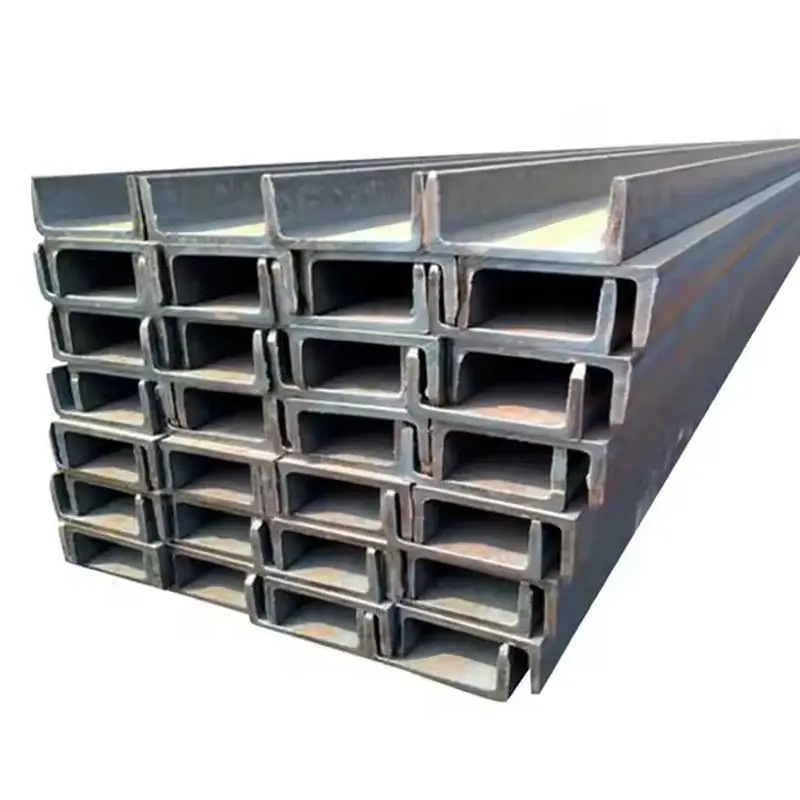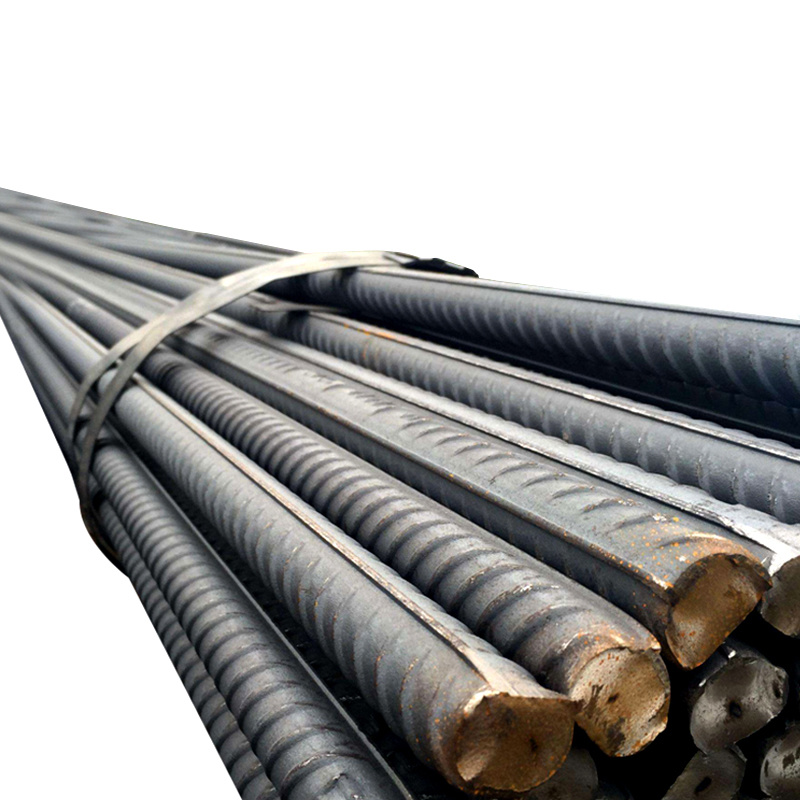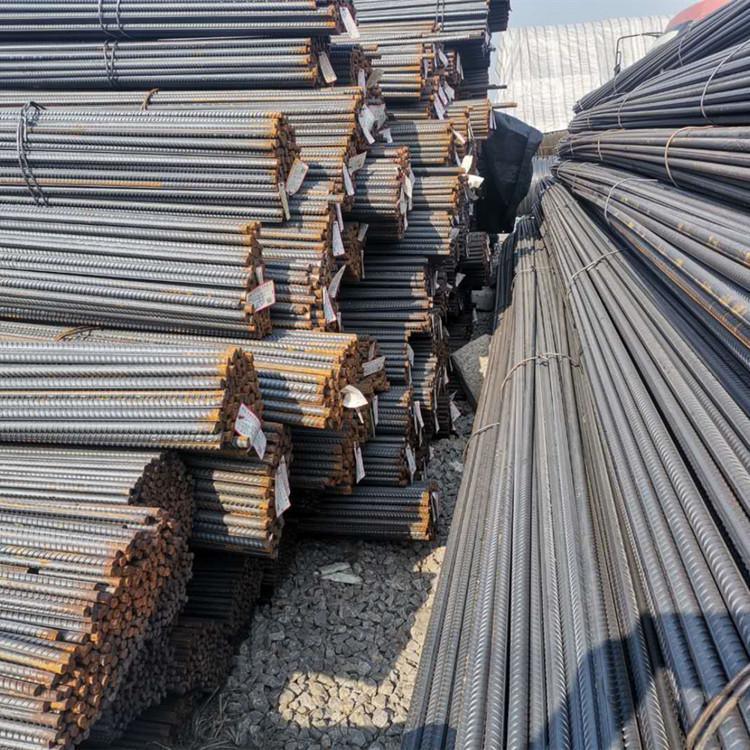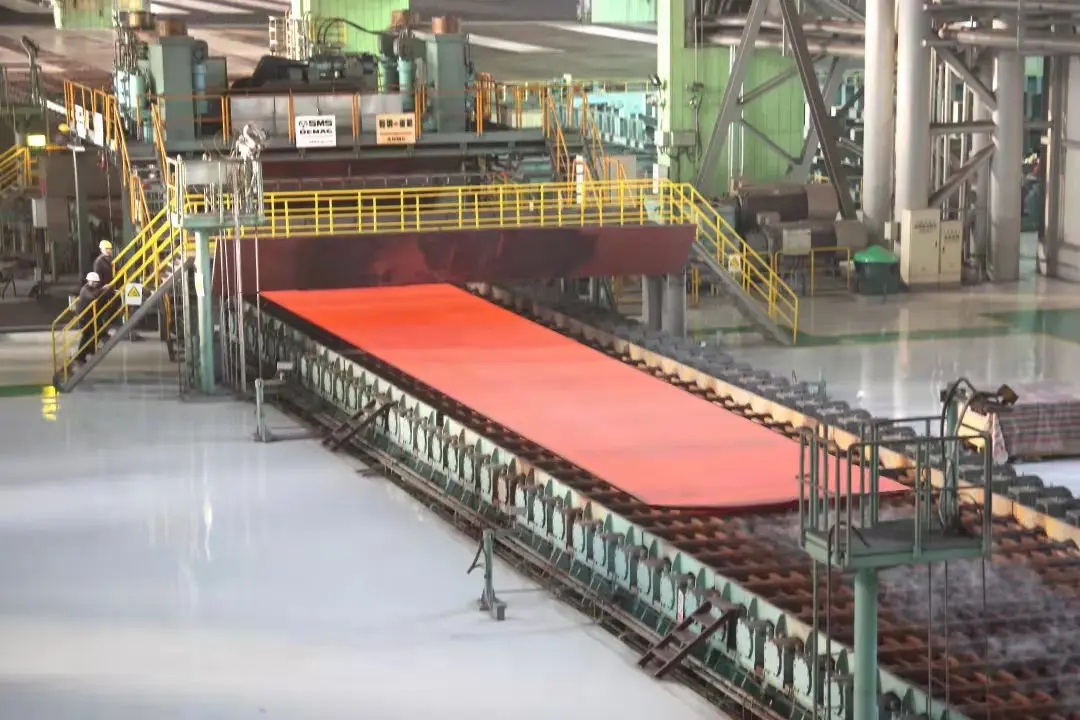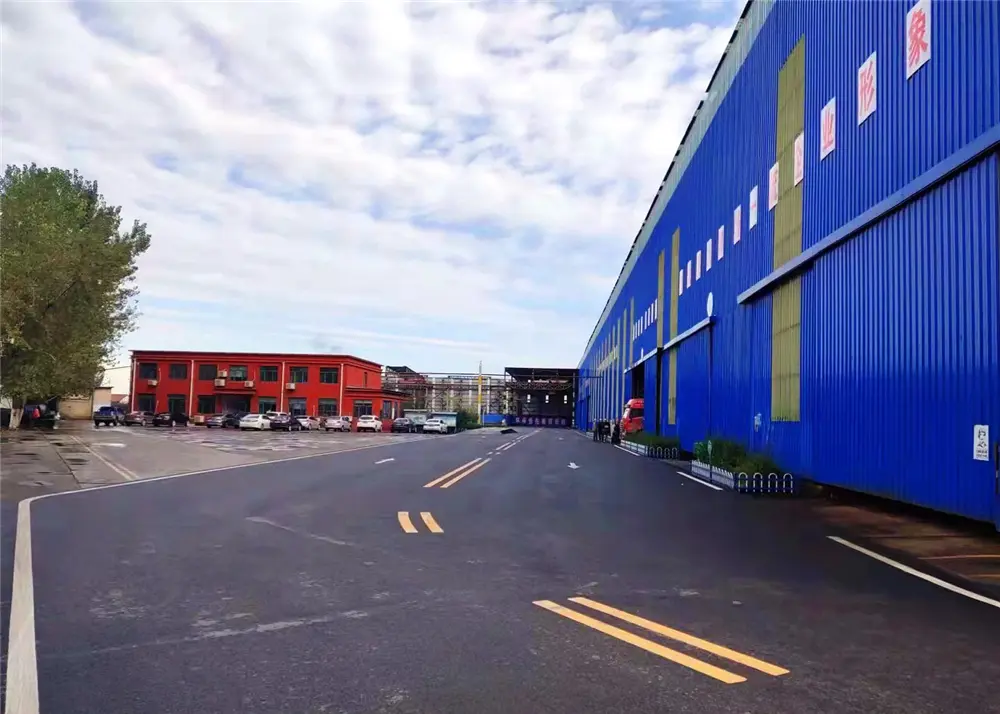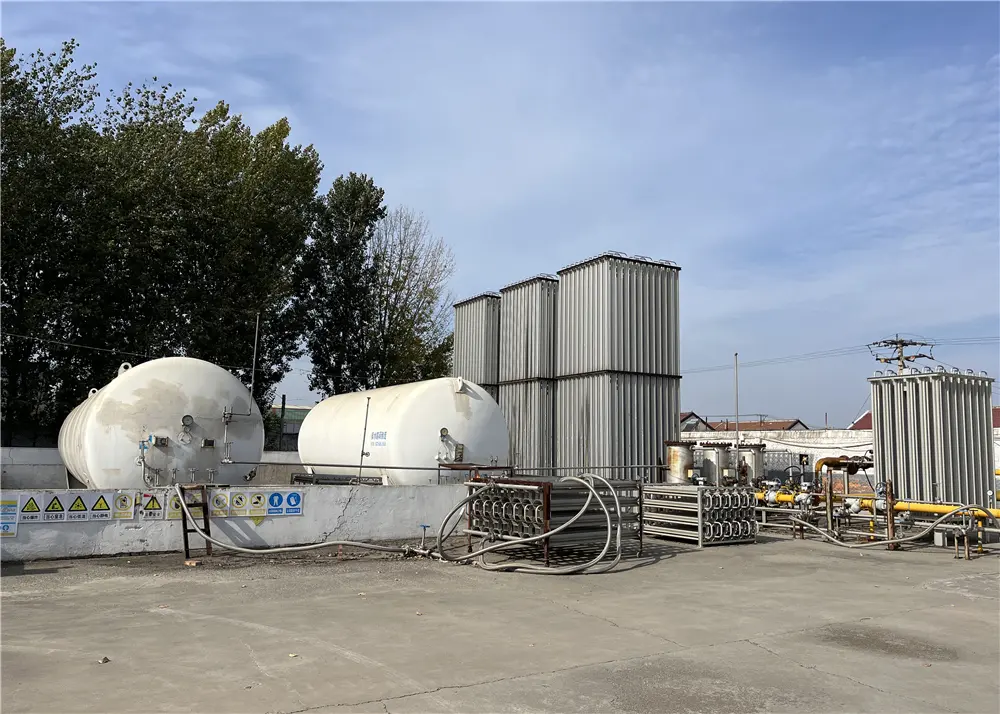Reinforcement Rebar Steel ASTM Deformed Steel Rebar for Construction 10mm 12mm Steel Rabar
Rebar refers to steel used for reinforced concrete and prestressed reinforced concrete, which has a circular cross-section and sometimes a square with rounded corners. Including round rebar, ribbed rebar, torsion rebar. The steel bar for reinforced concrete refers to the straight bar or wire strip steel used for reinforced concrete reinforcement, and its shape is divided into two types: light round steel bar and deformed steel bar, and the delivery state is straight bar and disc round.
The light round steel bar is actually the small round steel and disc circle of ordinary low carbon steel. Deformed steel bars are ribbed steel bars with a surface, usually with 2 longitudinal ribs and transverse ribs evenly spaced along the length. There are three types of transverse ribs: spiral, herringbone, and crescent. It is expressed in millimeters of nominal diameter. The nominal diameter of the deformed reinforcement is equivalent to the nominal diameter of the light round reinforcement with equal cross-section. The nominal diameter of the reinforcement is 8-50 mm, and the recommended diameter is 8, 12, 16, 20, 25, 32, 40 mm. Steel grade: 20MnSi, 20MnV, 25MnSi, BS20MnSi.
Reinforcing bars are mainly subjected to tensile stress in concrete. Due to the action of ribs, the deformed steel bar has a greater bonding capacity with concrete, so it can better withstand the action of external force. Steel bars are widely used in various building structures. Especially large, heavy, lightweight, thin-walled and high-rise building structures.
First-class steel bar: hot-rolled steel bar is divided into four types according to its mechanical index: HPB235, HRB335, HRB400 and RRB400. HPB235 is usually called primary rebar, HRB335 is secondary rebar, and HRB400 and RRB400 are tertiary rebar. HPB - the abbreviation of hot-rolled round steel bar is not the code name of first-class steel. The different grades of steel bars are because the chemical composition of steel bars is different, and the chemical composition is different, which also causes its mechanical indicators to be different.
Product Parameters
| Diameter(mm) | Theoretic weight (kg/m) | Diameter(mm) | Theoretic weight (kg/m) |
| 8 | 0.395 | 19 | 2.23 |
| 9 | 0.499 | 20 | 2.47 |
| 10 | 0.617 | 21 | 2.72 |
| 11 | 0.746 | 22 | 2.98 |
| 12 | 0.888 | 23 | 3.26 |
| 13 | 1.04 | 24 | 3.55 |
| 14 | 1.21 | 25 | 3.85 |
| 15 | 1.39 | 28 | 4.83 |
| 16 | 1.58 | 32 | 6.31 |
| 17 | 1.78 | 36 | 7.99 |
| 18 | 2.00 | 40 | 9.87 |
Q:Can you send samples?
A:Of course, we can send samples to all parts of the world, our samples are free, but customers need to bear the courier costs.
Q:What product information do I need to provide?
A:You need to provide the grade, width, thickness, coating and the number of tons you need to purchase.
Q:About product prices?
A:Prices vary from period to period due to cyclical changes in the price of raw materials.
Q:What are the certifications for your products?
A:We have ISO 9001, SGS, EWC and other certifications.
Q:How long does your delivery time take?
A:In general, our delivery time is within 30-45 days, and may be delayed if the demand is extremely large or special circumstances occur.
Q:Can I go to your factory to visit?
A:Of course, we welcome customers from all over the world to visit our factory. However, some of the plants are not open to the public.
Q:Does the product have quality inspection before loading?
A:Of course, all our products are strictly tested for quality before packaging, and unqualified products will be destroyed.






